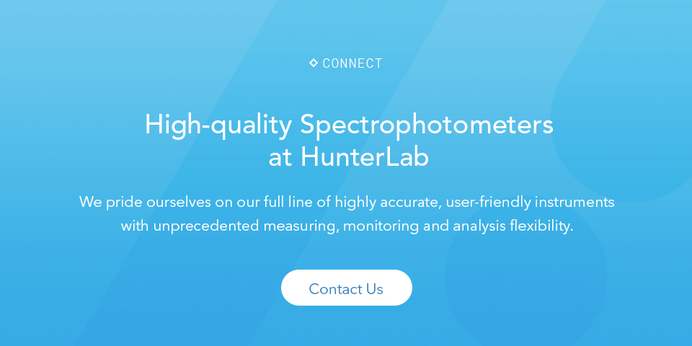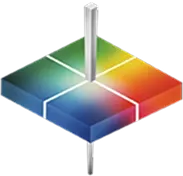
Color measurement accuracy is important for traffic signs because drivers need to quickly see information while traveling at fast speeds. Image Source: MaxPixel user Nikon D90
No matter where you are in the world, the color of a traffic sign can instantly tell you roughly what that sign means, even if you’re unable to read the symbols and text written on it.1 Seeing a flash of red on the side of the road up ahead almost always signals to the driver that a full stop is coming up. Meanwhile, a green sign tells you to proceed; a yellow sign tells you to slow down; an orange sign urges extreme caution; and blue signs tell you where you are. Nearly every sign in the world adheres to the same basic color language so that drivers can easily follow the rules and stay safe on the road.
Yet in order for these color rules to translate across languages and countries, traffic sign manufacturers need to ensure color measurement accuracy for every sign they install. Failure to accurately match the color of the sign to the official standard set by transportation departments could result in confusion for drivers, and even potential road accidents. To prevent these issues and ensure that transportation departments can always turn to you for the most accurate, reliable traffic signs, you need to invest in a spectrophotometer that is capable of measuring sign color with a great degree of accuracy.

The reflective nature of some traffic signs can make it difficult to accurately measure color. Image Source: Unsplash user Kyle Glenn



